Your opportunity to enter and spread in global markets
Discovery MorePremium Quality Sesame Seeds – Natural, Fresh & Nutrient-Rich
Product Description – Sesame
Discover the rich, nutty flavor and exceptional nutritional value of our premium sesame. Carefully harvested and naturally processed, our sesame seeds offer a perfect balance of taste and health benefits, making them a versatile staple for your kitchen. Whether sprinkled over salads, baked into bread, or blended into tahini, these tiny seeds pack a powerful punch.
Each seed is loaded with essential minerals like calcium, magnesium, and zinc, making sesame a natural choice for supporting bone health, immune function, and heart wellness. It’s also rich in antioxidants and healthy fats, including omega-6 fatty acids, which contribute to overall vitality.
Our sesame is 100% pure, non-GMO, and free from additives, ensuring clean, reliable quality in every spoonful. With a long shelf life and multiple culinary uses, it’s ideal for home cooks, professional chefs, and health-conscious consumers alike.
From Middle Eastern dishes to modern superfood recipes, sesame remains a timeless ingredient loved for both its taste and nutritional impact. Make it a part of your daily diet and enjoy the benefits of nature’s original superseed.
Yarin
Description
Sesame: A Tiny Seed with a Mighty Legacy
Among the world’s oldest cultivated crops, sesame has stood the test of time — revered not just for its subtle nutty flavor, but for its incredible nutritional value, cultural significance, and versatile culinary applications. Known as the “queen of oilseeds,” sesame continues to be a dietary essential across continents, from ancient civilizations to modern health-conscious consumers.
Whether sprinkled on bread, blended into tahini, or pressed into oil, sesame plays an irreplaceable role in both traditional and contemporary diets. In this section, we take a deep dive into the origins, cultural impact, and growing global appreciation for this tiny but mighty superseed.
What Is Sesame?
Sesame, scientifically known as Sesamum indicum, is a flowering plant cultivated primarily for its edible seeds, which grow in pods. These seeds come in various colors — white, black, brown, and even golden — each with unique flavor profiles and culinary uses. Rich in oil content, sesame seeds are widely used in food products, cosmetics, health supplements, and even pharmaceuticals.
Despite their small size, sesame seeds are nutritional powerhouses. They’re packed with plant-based protein, healthy fats, fiber, antioxidants, and an impressive array of essential vitamins and minerals.
What makes sesame truly unique is its adaptability. It thrives in arid climates, requires minimal irrigation, and grows well in poor soils — making it a sustainable and reliable crop in many regions of the world.
A Brief History of Sesame: One of Humanity’s Oldest Foods
The history of sesame goes back thousands of years. It is believed to be one of the first plants cultivated explicitly for its seeds and oil. Archaeological findings suggest that sesame was domesticated as early as 3000 BCE in the Indus Valley and Mesopotamia.
In ancient Babylon, sesame oil was considered sacred, used both in cooking and in religious rituals. The Assyrians believed that gods drank sesame wine before creating the earth. In Egypt, sesame was ground into flour and used in baking, while in China, it was treasured for its healing properties.
The phrase “open sesame”, made famous by the tale of Ali Baba and the Forty Thieves in One Thousand and One Nights, reflects the legendary status of the seed — symbolic of wealth, power, and unlocking hidden treasures.
Cultural Significance Across the Globe
 Middle East and North Africa (MENA)
Middle East and North Africa (MENA)
In the MENA region, sesame is a culinary cornerstone. It’s ground into tahini, the creamy paste that forms the base of many beloved dishes like hummus, baba ghanoush, and halva. Sesame oil and roasted seeds are also commonly used in savory and sweet recipes.
 Asia
Asia
In China, Japan, and Korea, sesame plays a vital role in traditional cuisine. It’s often toasted and sprinkled over rice, noodles, and soups or pressed into fragrant sesame oil used in stir-fries and marinades.
 India
India
In Indian Ayurvedic medicine, sesame is praised as a healing ingredient used to support digestion, circulation, and skin health. It’s a key ingredient in festive treats like tilgul and chikki, especially during religious festivals like Makar Sankranti.
 Europe and the Americas
Europe and the Americas
In Western cuisine, sesame has become increasingly popular in health food markets. It’s a common topping on bread, bagels, and crackers and is a popular addition to granola bars, smoothies, and vegan recipes.
The Growing Global Demand for Sesame
The global demand for sesame has grown significantly in recent decades, driven by rising consumer interest in plant-based nutrition, clean eating, and functional superfoods. As more people seek natural, minimally processed ingredients that deliver maximum health benefits, sesame continues to rise in popularity.
Recent market trends show:
-
Increased production of organic sesame seeds
-
Expansion of sesame-based snacks, spreads, and protein bars
-
Use of sesame oil in clean-label beauty products
-
Integration of sesame flour in gluten-free baking
This global renaissance of sesame has inspired both traditional brands and innovative startups to reintroduce it to modern consumers.
Why Sesame Is Called a Superseed
In today’s nutritional vocabulary, the term “superseed” refers to a seed that provides a high concentration of health-promoting nutrients. Sesame easily earns this title with its unmatched density of:
-
Healthy fats (especially omega-6 and oleic acid)
-
Plant protein
-
Dietary fiber
-
Calcium, iron, magnesium, zinc, phosphorus
-
Antioxidants like sesamin and sesamolin
These nutrients support a wide range of health functions, including:
-
Bone strength
-
Heart health
-
Immune defense
-
Skin hydration
-
Anti-inflammatory response
Unlike many superfoods that come with high costs or limited availability, sesame is affordable, shelf-stable, and widely accessible — making it an ideal nutritional supplement for all lifestyles.
Sesame in Daily Life: More Than Just a Seed
Though most people recognize sesame from the seeds sprinkled on burger buns or bagels, its versatility goes far beyond toppings. Here’s how sesame fits into everyday life:
-
Tahini Paste: Used as a base for sauces, dips, and dressings
-
Sesame Oil: A flavorful cooking oil rich in antioxidants
-
Roasted Seeds: Added to stir-fries, salads, and noodle dishes
-
Sesame Snacks: Energy bars, brittle, roasted mixes
-
Sesame Flour: A low-carb alternative for gluten-free baking
-
Cosmetics: Used in natural skincare oils and hair products
The uses are practically endless — making sesame one of the most dynamic ingredients in both the culinary and wellness worlds.
Environmental and Agricultural Value of Sesame
In addition to its nutritional benefits, sesame is a sustainable crop with impressive environmental credentials. It has a short growing cycle, requires little water, and thrives in arid regions where other crops may fail.
Benefits include:
-
Drought resistance
-
Minimal pesticide needs
-
Soil restoration properties
-
High yield with low input
These traits make sesame not just good for your health — but good for the planet, too.
Conclusion: Rediscovering a Timeless Treasure
From its origins in ancient civilizations to its place in today’s superfood spotlight, sesame continues to nourish, heal, and inspire. It’s not just a seed — it’s a symbol of wellness, tradition, and culinary creativity.
Whether you’re sprinkling it on a salad, spreading tahini on toast, or using sesame oil in a stir-fry, this tiny ingredient offers mighty benefits that transcend borders and generations.
As we explore further in the upcoming sections, you’ll discover why sesame truly is one of the most remarkable and relevant foods of our time
Health Benefits of Sesame
In the realm of natural nutrition, few seeds rival the powerful composition of sesame. Behind its small size lies a remarkable profile of essential nutrients, antioxidants, and bioactive compounds that support everything from bone health to immune defense. Whether consumed raw, roasted, pressed into oil, or ground into tahini, sesame offers unmatched health-promoting properties that make it more than just a culinary ingredient — it’s a nutritional asset.
This section explores the complete nutritional profile of sesame, breaking down its macro- and micronutrient content, and diving into the science-backed health benefits that make sesame a top-tier superseed.
2.1 Macronutrient Breakdown of Sesame Seeds
 Healthy Fats
Healthy Fats
Approximately 50% of sesame seeds’ weight is composed of fats, but not all fats are created equal. Sesame is rich in heart-healthy unsaturated fats — primarily monounsaturated and polyunsaturated fatty acids.
-
Oleic acid (omega-9): Supports cholesterol regulation and heart health.
-
Linoleic acid (omega-6): A crucial component of cell membranes and hormone synthesis.
These fats contribute to sesame oil’s long shelf life and make it a stable, heat-resistant option for cooking.
 Plant-Based Protein
Plant-Based Protein
Sesame is a strong source of plant-based protein, offering approximately 5–7 grams per 30g serving. This makes it ideal for vegetarians, vegans, and anyone seeking sustainable protein sources.
The seed contains essential amino acids like:
-
Methionine
-
Tryptophan
-
Threonine
Although sesame protein is slightly lower in lysine, combining it with legumes or whole grains creates a complete protein profile.
 Dietary Fiber
Dietary Fiber
Every serving of sesame contains 3–4 grams of dietary fiber. This helps:
-
Regulate digestion
-
Promote satiety
-
Support gut microbiome health
The fiber in sesame is both soluble and insoluble, aiding in smooth bowel movements and cholesterol control.
2.2 Micronutrient Richness
 Calcium
Calcium
Sesame seeds are one of the richest plant-based sources of calcium, especially in their unhulled form. A 100g serving can offer up to 1000 mg of calcium — more than a glass of milk.
Calcium is essential for:
-
Bone density
-
Muscle contraction
-
Nerve signaling
This makes sesame particularly valuable in dairy-free or vegan diets.
 Magnesium
Magnesium
Each handful of sesame provides significant amounts of magnesium, which:
-
Supports over 300 enzymatic reactions
-
Helps regulate blood pressure
-
Enhances mood and sleep quality
 Zinc
Zinc
Zinc is crucial for immune function, wound healing, and skin repair. Sesame offers one of the highest zinc contents among seeds.
 Iron
Iron
Sesame delivers a plant-based source of iron, vital for oxygen transport and energy production — especially important for women and individuals on plant-based diets.
 Phosphorus & Potassium
Phosphorus & Potassium
These minerals contribute to cellular function, hydration, and heart health.
 B Vitamins
B Vitamins
Sesame seeds contain various B-complex vitamins, including:
-
B1 (thiamine) – for energy metabolism
-
B3 (niacin) – supports nervous system health
-
B6 (pyridoxine) – involved in neurotransmitter synthesis
2.3 Antioxidants and Bioactive Compounds
 Sesamin and Sesamolin
Sesamin and Sesamolin
Two unique lignans — sesamin and sesamolin — are exclusive to sesame. These antioxidants:
-
Combat oxidative stress
-
Reduce inflammation
-
Support liver detoxification
-
Enhance fat metabolism
Studies show that sesamin can help lower LDL cholesterol and improve blood lipid profiles.
 Phytosterols
Phytosterols
Sesame is high in plant sterols, which mimic cholesterol and block its absorption in the intestines — leading to improved cardiovascular health.
 Tocopherols (Vitamin E)
Tocopherols (Vitamin E)
The presence of vitamin E in sesame oil adds anti-aging and skin-protective benefits, making it a popular ingredient in cosmetic formulations.
2.4 Sesame Oil: A Liquid Gold for Health
Cold-pressed sesame oil is more than just a flavorful cooking ingredient. It retains many of the nutrients and antioxidants found in the seeds themselves.
Health benefits of sesame oil include:
-
Anti-inflammatory effects
-
Protection against oxidative stress
-
Improved insulin sensitivity
-
Antibacterial and antifungal properties
It’s also commonly used in Ayurvedic massage therapies to promote skin hydration, improve circulation, and detoxify the body.
2.5 Health Benefits Backed by Science
 Supports Bone Health
Supports Bone Health
-
High levels of calcium, magnesium, and phosphorus make sesame a bone-strengthening powerhouse.
-
Regular consumption may reduce the risk of osteoporosis in older adults.
 Boosts Heart Health
Boosts Heart Health
-
Rich in unsaturated fats and plant sterols
-
Helps manage cholesterol and triglyceride levels
-
Reduces arterial inflammation and supports healthy blood flow
 Balances Blood Sugar
Balances Blood Sugar
-
Low glycemic index
-
Fiber slows glucose absorption
-
Sesamin may enhance glucose metabolism
 Promotes Healthy Skin and Hair
Promotes Healthy Skin and Hair
-
Antioxidants protect skin cells from damage
-
Vitamin E boosts elasticity and hydration
-
Sesame oil nourishes the scalp and strengthens hair follicles
 Supports Immune Function
Supports Immune Function
-
Zinc, selenium, and iron are all key to immune defense
-
Antibacterial properties may protect against infections
 Improves Digestive Health
Improves Digestive Health
-
Fiber aids regularity
-
Natural oils lubricate the digestive tract
-
Promotes gut microbiota balance
2.6 Ideal for Specialized Diets
Thanks to its natural, plant-based origins, sesame is compatible with numerous dietary patterns:
| Diet Type | Sesame Compatibility |
|---|---|
| Vegan |  Fully compliant Fully compliant |
| Gluten-Free |  Naturally gluten-free Naturally gluten-free |
| Keto/Low-Carb |  Low in net carbs Low in net carbs |
| Paleo |  Unprocessed and natural Unprocessed and natural |
| Mediterranean |  Staple ingredient Staple ingredient |
| Dairy-Free |  Excellent calcium alternative Excellent calcium alternative |
2.7 Daily Usage Recommendations
Although sesame is rich in nutrients, it should be consumed in moderation due to its high caloric density.
 Suggested Daily Intake:
Suggested Daily Intake:
-
1–2 tablespoons of seeds (whole or ground)
-
1 tablespoon of sesame oil
-
2–3 tablespoons of tahini
These quantities provide sufficient nutrition without excessive caloric intake.

Conclusion: Small Seed, Immense Benefits
From bone density to heart health, and from radiant skin to immune resilience, sesame delivers a wide array of scientifically validated health benefits. It’s rare to find a food that is this nutrient-dense, versatile, and accessible — making sesame an essential ingredient in both traditional and modern nutrition.
As more research uncovers its biochemical properties and therapeutic potential, one thing becomes clear: sesame is far more than a topping — it’s a foundation of functional health
Types of Sesame: Hulled, Unhulled, Black, White & Beyond
While all sesame seeds come from the same plant, their color, processing method, and region of cultivation give rise to distinct types with unique flavors, textures, and uses. From the familiar white sesame topping your burger bun to the bold black sesame paste used in Asian desserts, each variety offers something special.
In this section, we’ll explore the main types of sesame, how they differ nutritionally and culinarily, and how to choose the right type for your needs — whether you’re cooking, baking, or formulating a wellness product.
3.1 Hulled vs. Unhulled Sesame Seeds
The most fundamental distinction in the sesame world is between hulled and unhulled seeds — based on whether the outer seed coat (hull) is removed.
 Hulled Sesame
Hulled Sesame
These seeds have had their outer husk mechanically removed.
Characteristics:
-
Light ivory or pale white color
-
Softer texture
-
Milder, less bitter flavor
-
Creamier when ground (perfect for tahini)
Culinary Uses:
-
Widely used in tahini production
-
Ideal for smooth sauces, dressings, and desserts
-
Popular in Western cuisine due to the clean taste
Nutrition Tip: While hulled sesame still provides protein and healthy fats, some minerals like calcium are reduced in the hulling process.
 Unhulled Sesame
Unhulled Sesame
These seeds retain their outer hull, which contains additional fiber and minerals.
Characteristics:
-
Slightly darker color (beige to tan)
-
Crunchier texture
-
Slightly more bitter or earthy taste
-
Higher in calcium, iron, and fiber
Culinary Uses:
-
Used in baking whole grain breads
-
Common in health-focused snacks
-
Adds texture and nutrition to salads and stir-fries
Nutrition Tip: If you’re looking to maximize the calcium content from sesame, choose unhulled seeds.
3.2 White Sesame Seeds
White sesame seeds are the most common and globally recognized type. They are typically hulled, although they can also appear unhulled in certain products.
Flavor: Mild, nutty, and slightly sweet when toasted
Color: Creamy white or pale beige
Texture: Soft and smooth when ground
Uses:
-
Topping for bagels, burger buns, and crackers
-
Base for tahini and halva
-
Toasted and sprinkled over rice dishes, salads, or noodles
-
Ingredient in sesame bars, energy bites, and cookies
White sesame seeds are also often the type used in bulk food sales, baking mixes, and large-scale culinary manufacturing.
3.3 Black Sesame Seeds
Black sesame is prized for its intense, roasted flavor and higher concentration of antioxidants. These seeds are almost always unhulled, retaining a crunchy texture and deep color.
Flavor: Stronger, more robust, earthy, and slightly bitter
Color: Deep black or charcoal gray
Texture: Firmer due to the outer hull
Uses:
-
Common in Japanese, Korean, and Chinese cuisines
-
Ground into pastes for desserts, ice creams, and mooncakes
-
Used in savory dishes, especially stir-fries and sauces
-
Topping for sushi rolls, sesame noodles, and steamed buns
Health Note: Black sesame seeds contain higher levels of anthocyanins, the antioxidants that also give blueberries their color.
3.4 Golden and Brown Sesame Seeds
Though less common, golden or brown sesame seeds are also available — often unhulled and minimally processed.
Flavor: Richer than white sesame, but milder than black sesame
Color: Ranges from light gold to deep brown
Texture: Crunchy and coarse
Uses:
-
Artisan breads and rustic baking
-
Nutty additions to granolas and cereal blends
-
Toasted and added to spiced seasoning mixes like dukkah or gomasio
These varieties are often favored in organic markets and by consumers seeking whole, natural ingredients.
3.5 Toasted Sesame Seeds
Regardless of color, sesame seeds can be toasted to enhance flavor. Toasting releases aromatic oils and deepens the nutty profile of the seed.
How they differ:
-
Toasted sesame seeds are darker in color (golden to brown)
-
They have a stronger, richer, almost buttery flavor
-
Texture is crunchier than raw seeds
Applications:
-
Final garnish for dishes like ramen, poke bowls, and dumplings
-
Ground into pastes or used in spice rubs
-
Blended into Asian sauces like teriyaki or miso glaze
Pro tip: Lightly toasting sesame at home (in a dry skillet) for 2–3 minutes can elevate any meal.
3.6 Sesame Flour and Powder
Sesame flour is made by grinding the seeds into a fine powder. It can be produced from:
-
Raw sesame
-
Defatted sesame cake (what remains after oil extraction)
Uses:
-
Gluten-free baking (breads, pancakes, muffins)
-
Thickening agent for soups and sauces
-
Low-carb flour alternative in keto or paleo diets
This form is often high in protein and fiber, making it a nutrient-dense substitute for wheat flour.
3.7 Specialty Products Derived from Sesame
 Sesame Paste (Tahini)
Sesame Paste (Tahini)
Made by grinding hulled or unhulled sesame seeds into a creamy spread. Used in:
-
Hummus
-
Dips and dressings
-
Vegan sauces and baking
Tahini made from unhulled sesame is darker and slightly more bitter but more nutrient-dense.
 Sesame Oil
Sesame Oil
Extracted from raw or toasted seeds, this oil is prized in culinary and cosmetic applications.
-
Cold-pressed sesame oil retains more nutrients and flavor
-
Toasted sesame oil has a deep, smoky taste and is used as a finishing oil
 Sesame Snacks
Sesame Snacks
-
Sesame brittle (pasteli or barazek)
-
Roasted seed mixes
-
Sesame crackers
These snacks combine nutrition and crunch, often sweetened with honey or dates.
3.8 Choosing the Right Sesame for Your Needs
| Purpose | Recommended Type |
|---|---|
| Smooth dips (e.g., tahini) | Hulled white sesame |
| Baking rustic breads | Unhulled sesame |
| Asian dishes & sushi | Black sesame |
| High calcium content | Unhulled or black |
| Toasted garnish flavor | Golden or toasted |
| Nutrient-dense flour | Defatted sesame powder |
| Skin/hair oils | Cold-pressed sesame oil |
Whether you’re a home cook, professional chef, baker, or health product developer, there’s a sesame variety to fit your purpose.
Conclusion: Diversity Within Simplicity
Though small in size, sesame offers a universe of variety. From the nutty smoothness of hulled white sesame to the earthy boldness of black seeds, every type provides a unique set of flavors, textures, and health benefits.
Understanding these differences helps you select the ideal sesame product for your recipe, nutrition goals, or product development. It’s not just about choosing a seed — it’s about choosing the right form of sesame to unlock its full potential.


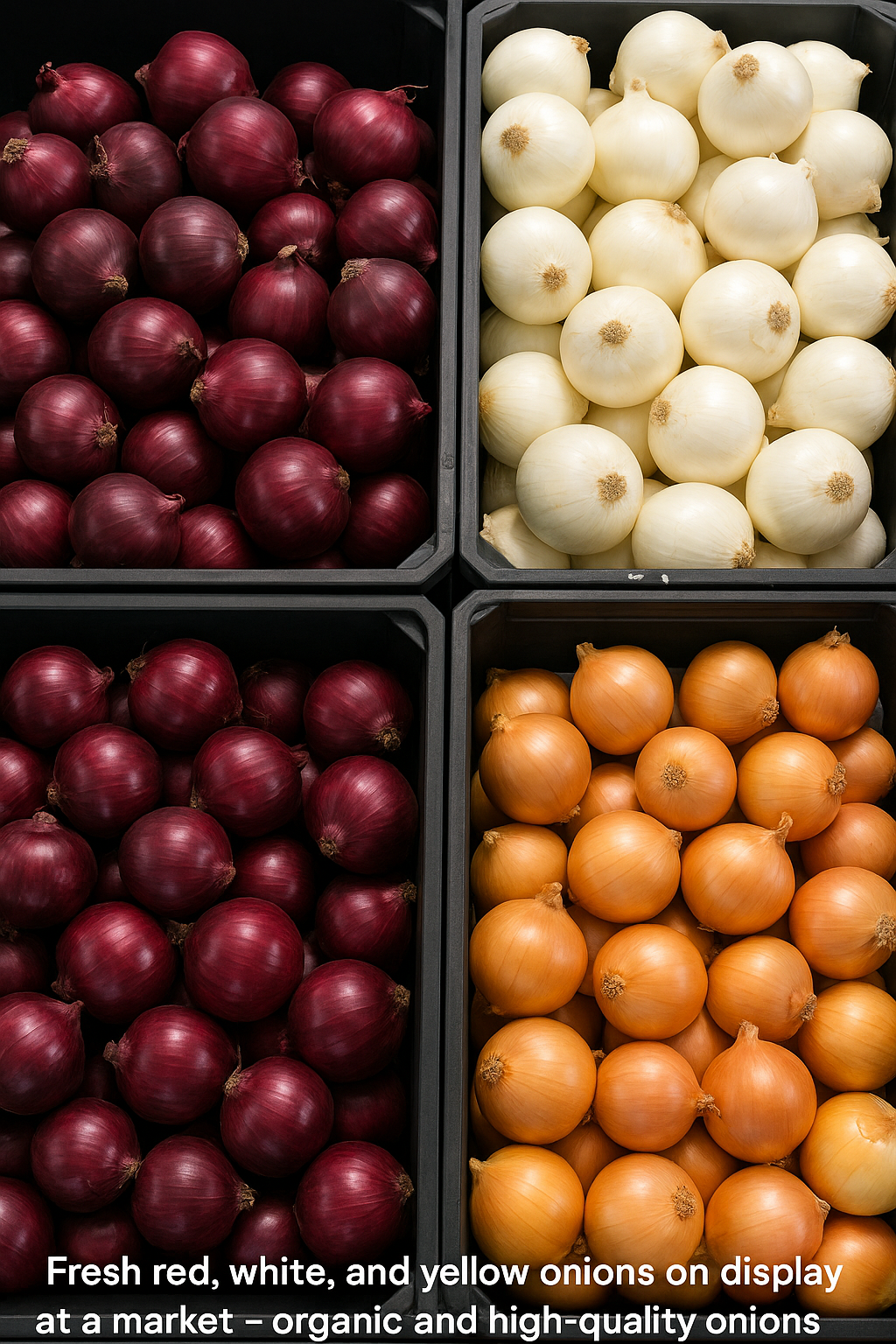

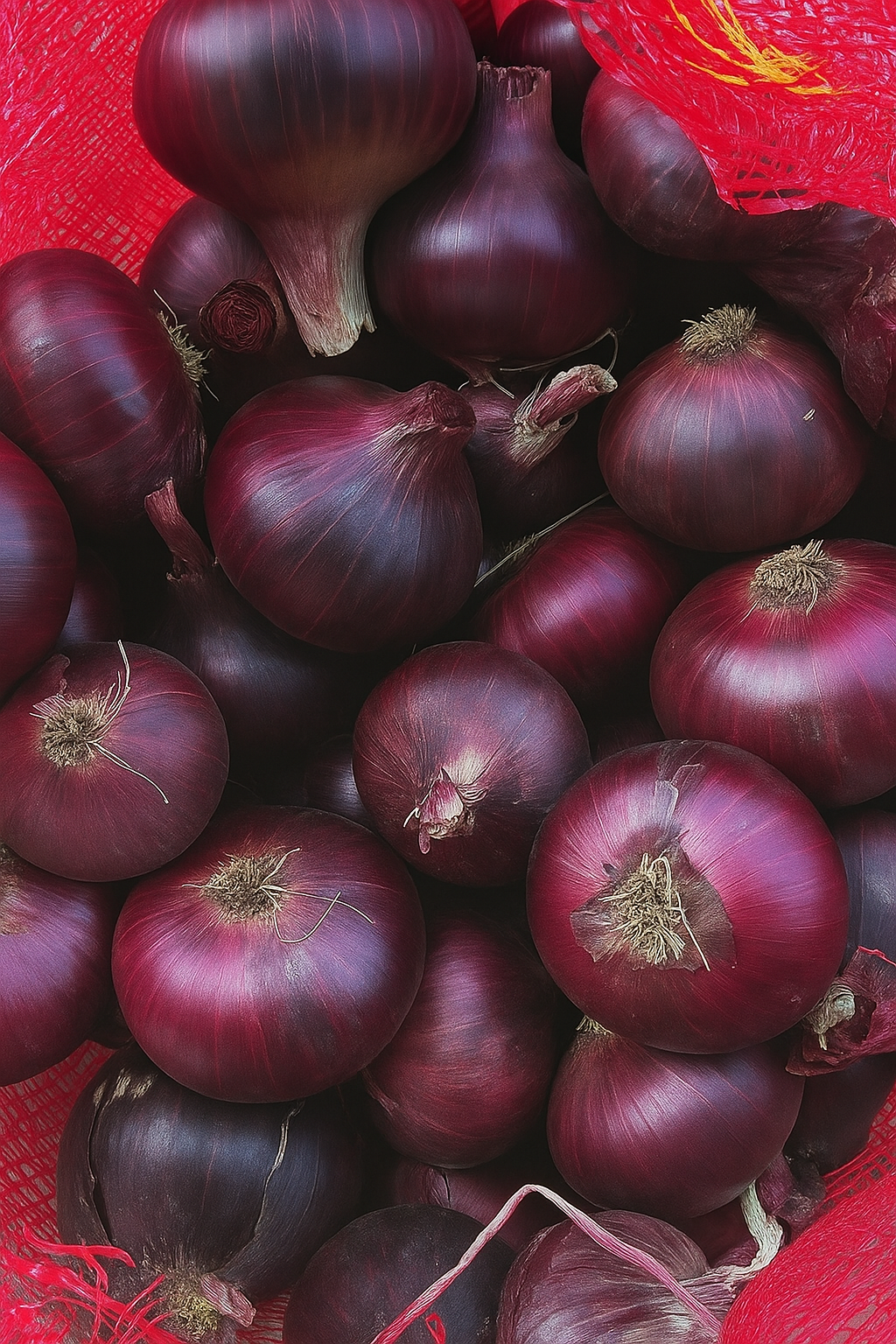



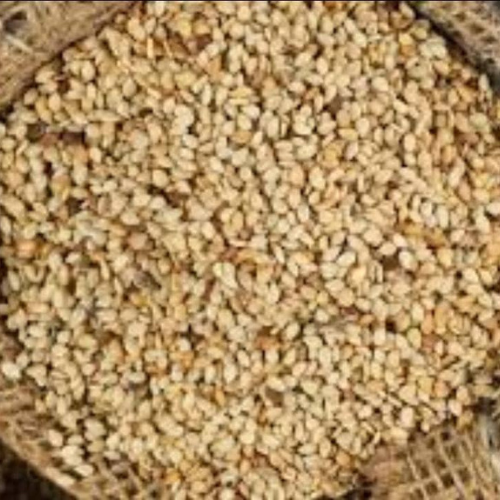

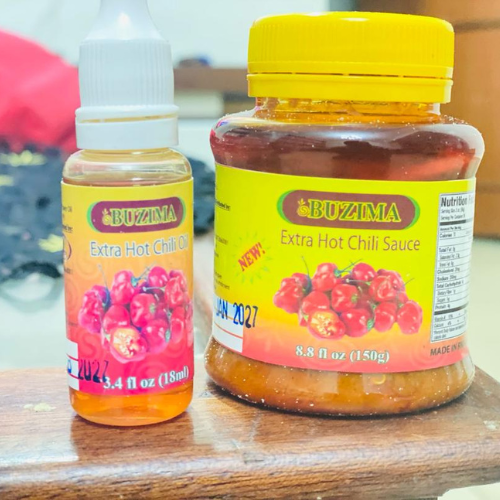

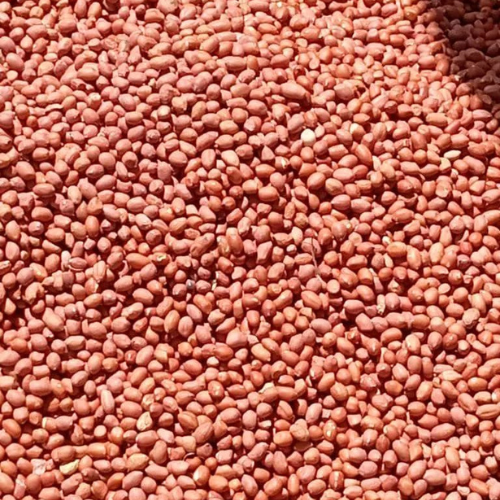
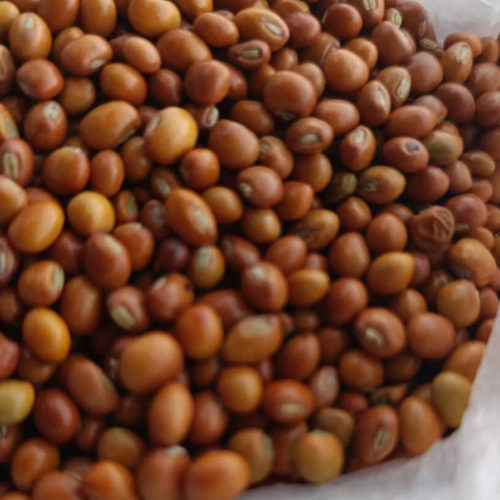
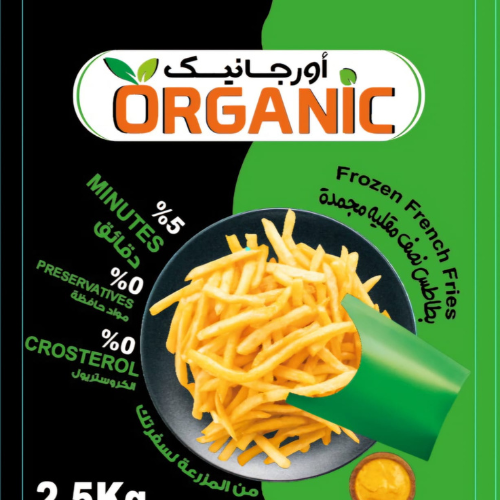

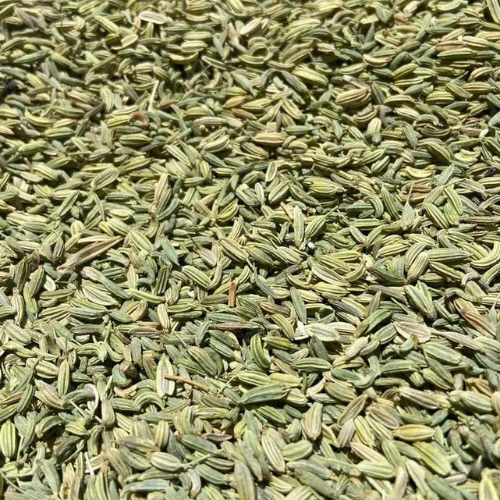
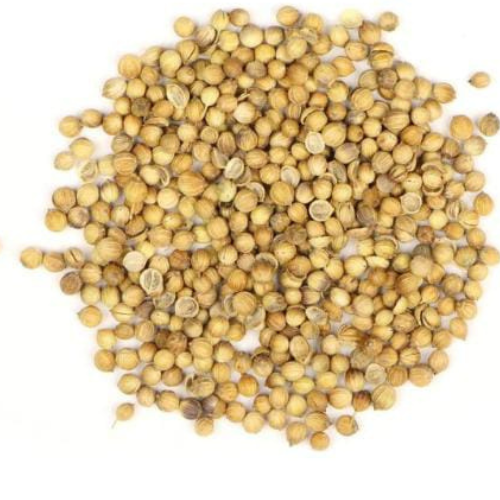
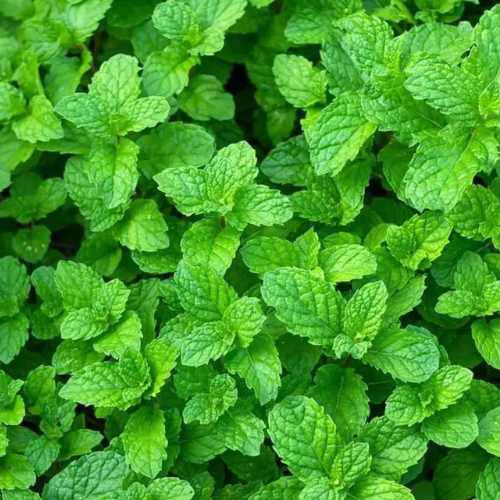

Reviews
There are no reviews yet.